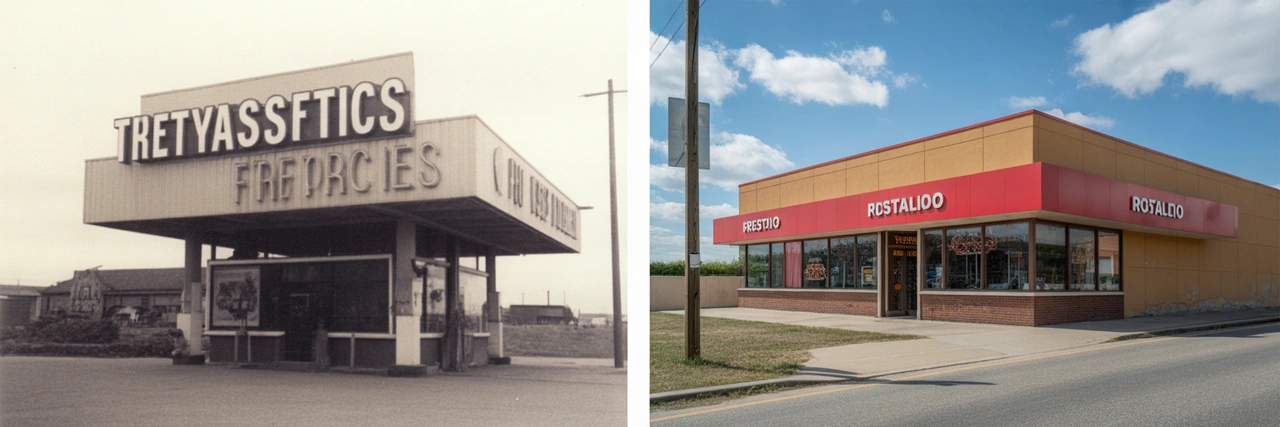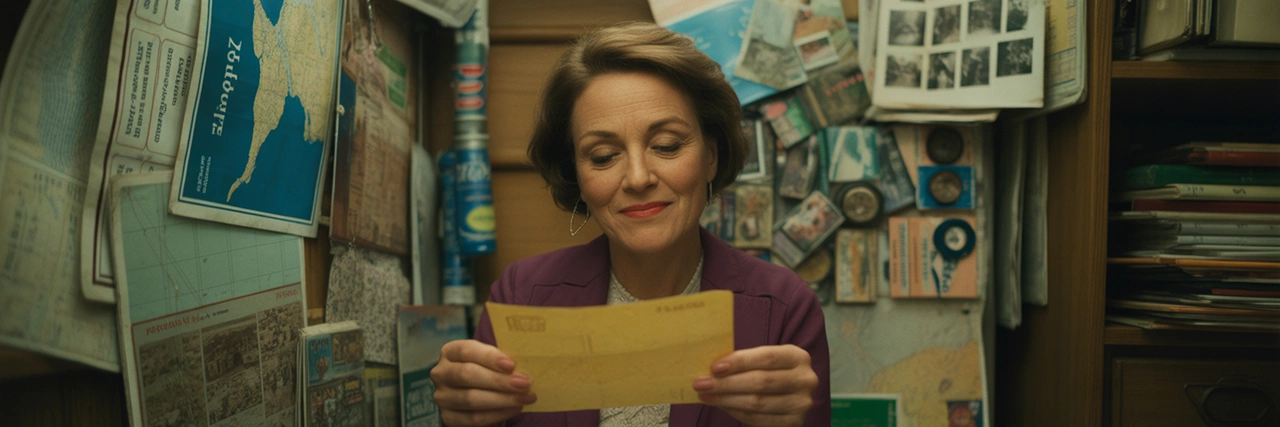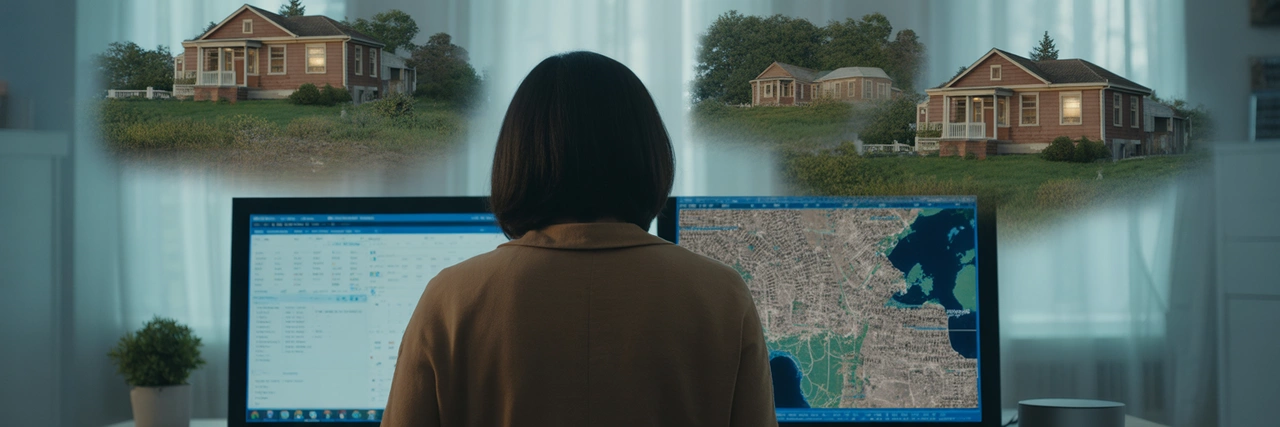Forgotten Travel Guides and the Places That Don’t Quite Exist Anymore
It started with a 1983 travel guide to the American Midwest I found at a thrift store in Ohio. The cover featured a faded photo of a pancake breakfast in front of a fiberglass Paul Bunyan statue. I bought it for 75 cents, thinking it’d be funny. Instead, it became a portal.

As I flipped through the pages, I realized most of the places it listed either no longer existed, had changed names, or became something else entirely — sometimes in hilariously disappointing ways. The “World’s Largest Tire Graveyard” in Michigan? Now a Walgreens. The 24-hour clown-themed diner in Missouri? Condos.

But something about these lost spots tugged at me. Not just because they were weird (and oh, they were), but because they meant something to people — even if just for a summer road trip in 1987. These weren’t just businesses; they were entire pocket universes built out of neon signs, bad coffee, and dreams held together with duct tape.

I started collecting more guides. Europe in 1976. Japan in 1991. The Soviet Black Sea coast in the ‘80s — that one hit hard. They’re time capsules, yes, but also strange love letters to moments and places no longer available. The way they describe cities feels romanticized, like someone describing a friend who moved away and stopped writing.

Sometimes I’ll look up these addresses on Google Maps. Some are still there — faded but alive. Others are parking lots. But in my head, they’re still operating. Somewhere, there’s a motel with heart-shaped bathtubs, a mini-golf course shaped like ancient Rome, and a retired Elvis impersonator who never really quit.

So if you find a guidebook from another decade, don’t laugh too quickly. Open it. Trace the routes. See the world as it was supposed to be remembered. Not better, not worse. Just weird, warm, and temporary — like everything else that matters.
Close